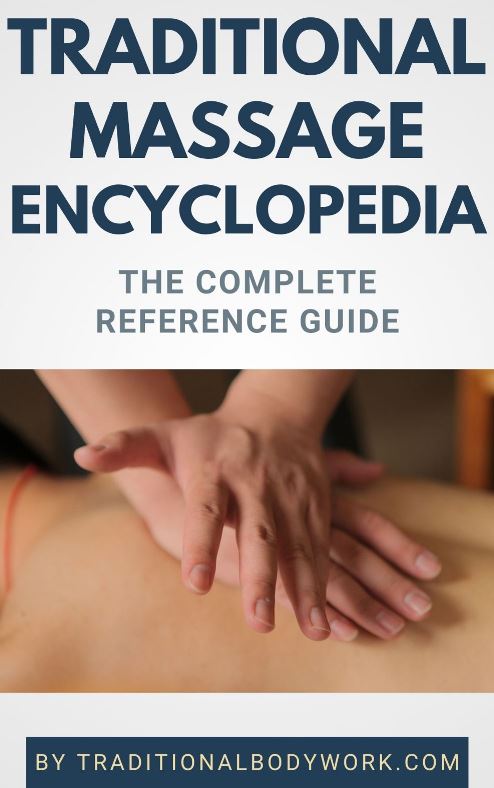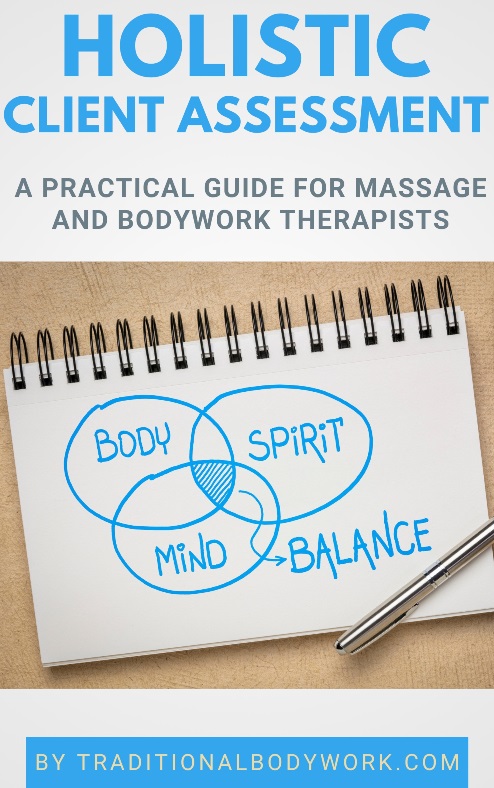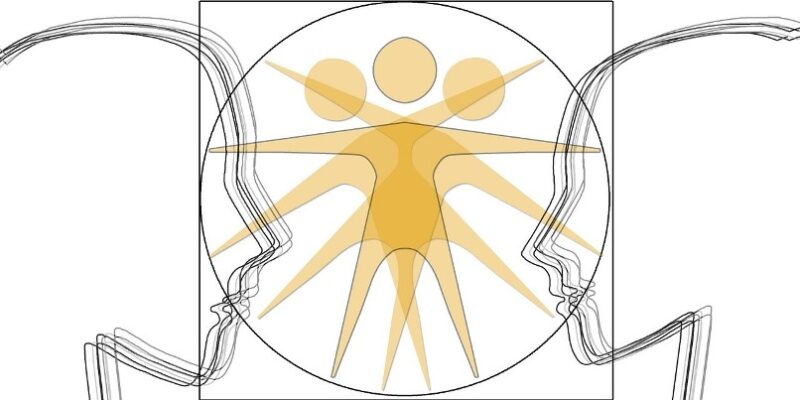
In descriptions about the efficacy of specific massage therapy treatments or bodywork practices we too often see an exaggeration or even complete fiction about their health benefits. I’ve already written about that in another post with the title Exaggeration of Massage and Bodywork Health Benefits.
Nevertheless, there’s more to it than only exaggeration. What is often not told by therapists is that the benefits one can reap from massage usually come about after taking a whole lot of sessions or — in the case of bodywork — practicing the modality very regularly.

There are usually no shortcuts. Short term effects and results may be there though: relaxation, entertainment, a temporary feeling of wellbeing. Sometimes — often a lucky shot — there’s even an actual quick fix of a health problem that already existed for years.
But more often than not, health issues don’t disappear overnight. Structural changes need structural work, diligent work, and typically a range of treatment sessions or regular exercise is needed.
Apart from the above, it’s usually so that multiple factors should be addressed. To heal often consists of a mixture of practices, and is generally an extensive, holistic effort. It means that patients need to make changes on multiple fronts: work, relationships, diet and nutrition, living environment, thought patterns, exercise, and posture, to name a few aspects.
Patients usually want or expect quick fixes for their health issues, problems which most of the time came about over a longer period. People are often inpatient, and subsequently, therapists or trainers may feel this (commercial) pressure, and may be inclined to promise or suggest a quick solution to their clients.
Nevertheless, doing so will only mean a quick financial win in the money bag, but on the long term the therapist will lose confidence from the public, perhaps even being called a charlatan, finally ending up with very empty pockets and a big headache.














